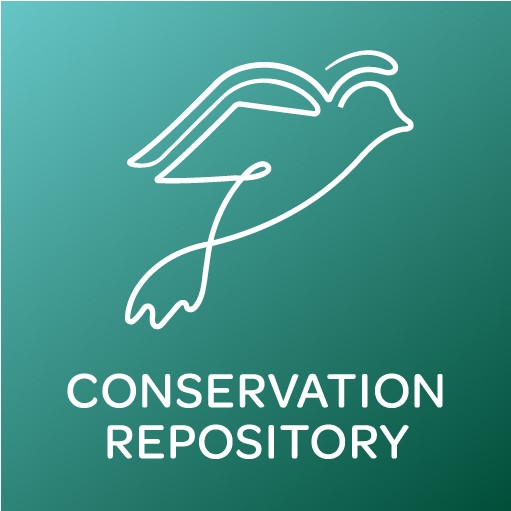
Peer-Reviewed Publications
Document Type
Article
Publication Date
Spring 4-28-2021
Abstract
Billions of birds fatally collide with human-made structures each year. These mortalities have consequences for population viability and conservation of endangered species. This source of human-wildlife conflict also places constraints on various industries. Furthermore, with continued increases in urbanization, the incidence of collisions continues to increase. Efforts to reduce collisions have largely focused on making structures more visible to birds through visual stimuli but have shown limited success. We investigated the efficacy of a multimodal combination of acoustic signals with visual cues to reduce avian collisions with tall structures in open airspace. Previous work has demonstrated that a combination of acoustic and visual cues can decrease collision risk of birds in captive flight trials. Extending to field tests, we predicted that novel acoustic signals would combine with the visual cues of tall communication towers to reduce collision risk for birds. We broadcast two audible frequency ranges (4 to 6 and 6 to 8 kHz) in front of tall communication towers at locations in the Atlantic migratory flyway of Virginia during annual migration and observed birds’ flight trajectories around the towers. We recorded an overall 12–16% lower rate of general bird activity surrounding towers during sound treatment conditions, compared with control (no broadcast sound) conditions. Furthermore, in 145 tracked “at-risk” flights, birds reduced flight velocity and deflected flight trajectories to a greater extent when exposed to the acoustic stimuli near the towers. In particular, the 4 to 6 kHz stimulus produced the greater effect sizes, with birds altering flight direction earlier in their trajectories and at larger distances from the towers, perhaps indicating that frequency range is more clearly audible to flying birds. This “acoustic lighthouse” concept reduces the risk of collision for birds in the field and could be applied to reduce collision risk associated with many human-made structures, such as wind turbines and tall buildings.
Journal Title
PLoS ONE
Volume
16
DOI
https://doi.org/ 10.1371/journal.pone.0249826
Issue
4
Journal Article URL
https://journals.plos.org/plosone/article?id=10.1371/journal.pone.0249826
Recommended Citation
Boycott, Timothy J.; Swaddle, John P.; Mullis, Sally M.; and Jackson, Brandon E., Field testing an "acoustic lighthouse": Combined acoustic and visual cues provide a multimodal solution that reduces avian collision risk with tall human-made structures (2021). PLoS ONE, 16(4).
https://doi.org/ 10.1371/journal.pone.0249826


